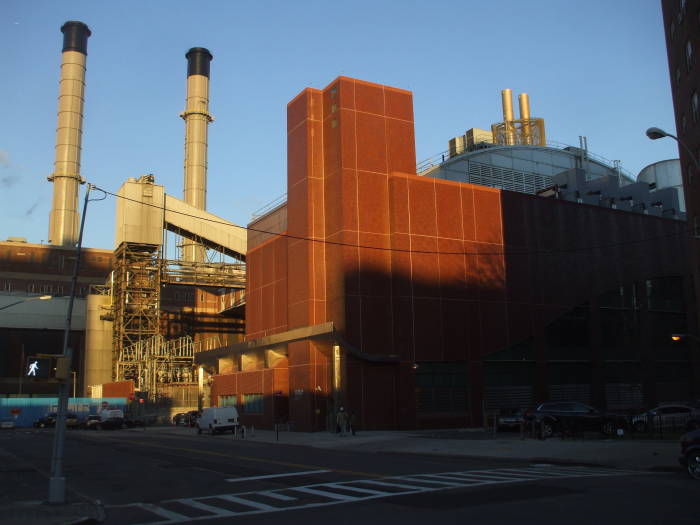Ahmrii Johnson
2 November, 2018
Part III.5 of Climate Change and Cities
Much of what sustains and connects the networks that urban societies so heavily rely on are developed through the tactical use of waterways. Unfortunately, urban water systems, which include water supply sources, conveyance, distribution, reuse, treatment, and disposal elements, are vulnerable to a changing climate. Many cities are gradually beginning to realize the increased necessity of acknowledging that the quantity and quality of their water supplies will be significantly affected by the projected increases in both flooding and droughts. Some areas, such as coastal regions, have to be especially concerned, as water sources and infrastructure are subject to the impacts of rising sea level, higher storm surge, salt-water intrusion, and land subsidence. Some tactics that various metropolitan areas are assessing to not only protect their societies through the era of climate change, but mitigate their effects on the environment include: reducing non-revenue water (which constitutes a significant fraction of supply in many urban areas, through leak detection and repair and reduction in unauthorized withdrawals), reviewing and modifying surface water and groundwater sources, storage facilities, and intakes where appropriate to make supplies less vulnerable to climate-induced, implementing innovative local supply augmentations where feasible through techniques such as rainwater harvesting and water reuse (as well as through improved water accounting from better observation networks and holistic modeling), practicing demand management through appropriate pricing (including social, environmental and economic objectives), public education on water use and conservation, improved toilet and shower codes, updated drought management plans, and targeted land-use strategies; and finally, encouraging the use of water-efficient processes in domestic, industrial, and agricultural uses. While it may be difficult to manage a system that has the capability of accomodating the needs of a large urban environment while simultaneously remaining conscious of climate justice, to avoid raising the risks of damage to the area and its people it is vital for all cities to adopt and adjust the proposed actions of mitigation.

